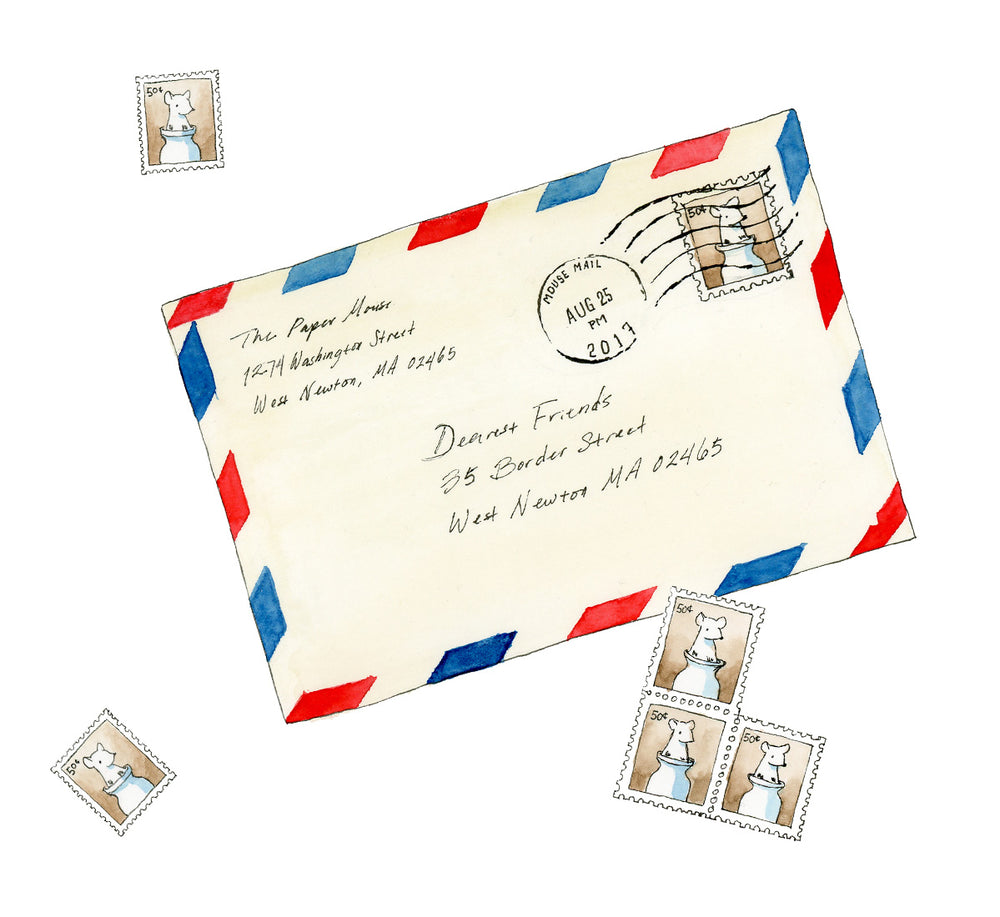Structuring a Creative Habit

We’ve all felt the fire and excitement of beginning a new hobby. Our brand-new project is all we can think about. In the initial rush of excitement, we practice our new instrument daily, read avidly to learn everything we can about our new craft, and bore our friends silly by talking nonstop about our new stamp collection.
Starting a hobby is a little like dating someone new. We want to find out all there is to know about our new flame, spend all our time with it, and talk about it with everyone we know. But after the initial weeks or months, when the glow of novelty wears off and we discover the challenges of what we’re learning, how do we continue to feel the joy and wonder that it first brought us? When other responsibilities make it hard to spend time on a new habit, how do we stay committed to finding room for it in our already full lives?
Setting up a workspace
A concrete way to prioritize a hobby is to make physical space for it. A workspace is a daily reminder of your hobby, keeping it at the front of your mind each time you walk by. Giving your hobby its own space, even if it’s just a little corner, is a declaration that it matters enough to merit a permanent spot in your life. A workspace is also a very practical tool to motivate you to pick up your project. Nothing kills momentum like having to clean off a table, haul out all your supplies, and remember where you left off last time.Eliminating even the smallest inconveniences can greatly increase the likelihood of your working at your hobby. The fewer barriers you have to getting started, the more likely you are to pick it up in a moment of downtime. If you’re learning an instrument, can you leave it out on a stand instead of storing it inside a case? If you’re learning to sew, can you keep your sewing machine and ironing board set up at the ready? If you’re trying to bake more, can you store your flour in a canister on the counter where it’s easy to reach? Spend some time thinking about what makes it difficult for you to pick up your own particular hobby, and whether you can make any physical adjustments to accommodate it in a way that works for your space and your habits.
Making a date with yourself
One of the hardest things about starting a new creative practice is finding time in our busy lives, especially since we often do these projects in our homes, where a million little distractions claim our attention. Usually we give our hobbies and pleasures the lowest priority when it comes to scheduling our time, thinking them the least important thing on our list, when in reality they fill our hearts and energize us for our daily lives.Of course, we can’t ignore our other responsibilities, and some things must take precedence over our hobbies. But there will always be ongoing maintenance tasks in our lives that will fill up our spare time if we let them. Scheduling time to work on our hobbies can help us avoid this endless list. Instead of saying, “I’ll work on my project after I cross off the rest of my list,” see if you can prioritize your project a little higher. Set a time with yourself as if you were making a date with a friend, and put it on your calendar: from 7-8 pm on Tuesday, you will work on your project. The laundry can wait until your “date” is over.
If you have trouble giving yourself this kind of structure, try to find some external motivation. Look for a group of people with similar interests and really make a date, so you are accountable to others if you don’t show up.
Staying playful
Aside from the logistical challenges of staying committed to a hobby, it can be difficult to stay motivated after the initial excitement of learning something new subsides. Just because we love something doesn’t mean we’ll always feel inspired to sit down and do it. Even professional artists and craftspeople need to force themselves to sit down to their work sometimes. It’s only when we get into the flow of the project that we remember why we love it.
When this happens, look for the kind of inspiration that got you excited about starting in the first place. If you’re learning to cook, browse a new cookbook and find some recipes that make your mouth water, or watch a cooking show that fills you with excitement. If you’re learning an instrument, listen to some of your favorite musicians. If you’re learning a craft, find some artists whose work you admire and hang up pictures of their work. Connect with what you love most about your hobby. If you’ve lost your sense of joy about the projects you are working on, see if you can incorporate some of that inspiration into a new project that makes you feel excited and playful.
Finally, if you just can’t get into your project, set it aside for a while. Maybe you need a break, or maybe this particular hobby is not right for you anymore. There’s no shame in trying on new things and letting them go. If something else is giving you more excitement, put your energy there and see where it leads you.
Ready to get creative? Check out our Arts & Crafts collection for supplies!
Having trouble starting out? Check out our post on getting started with a creative practice!



Leave a comment